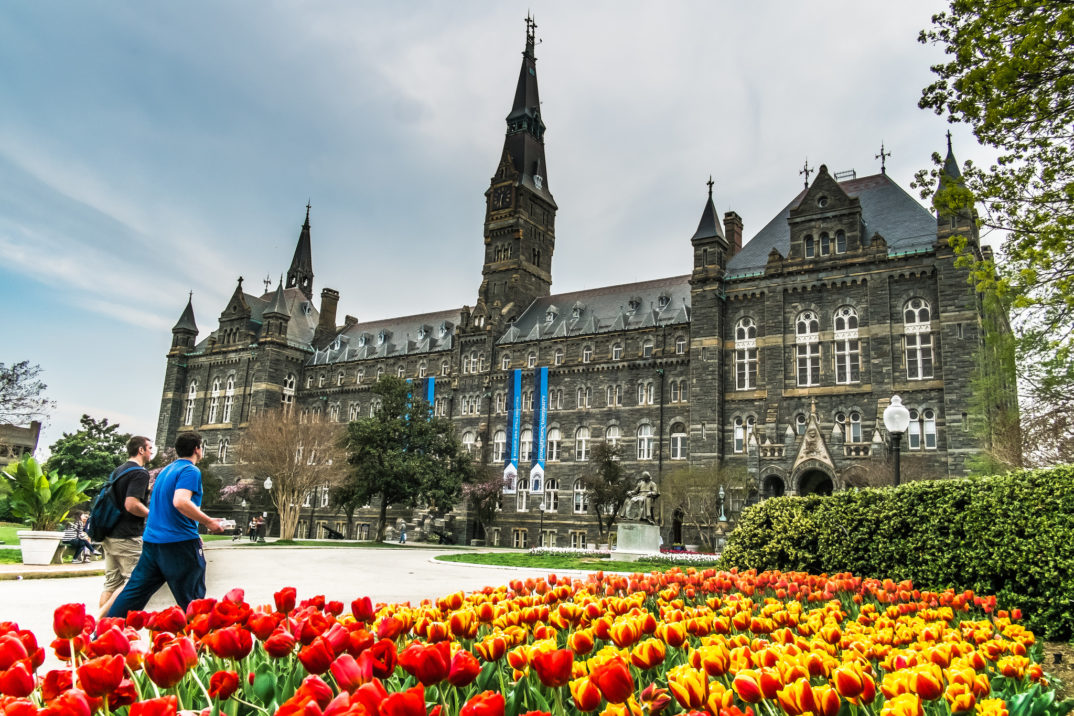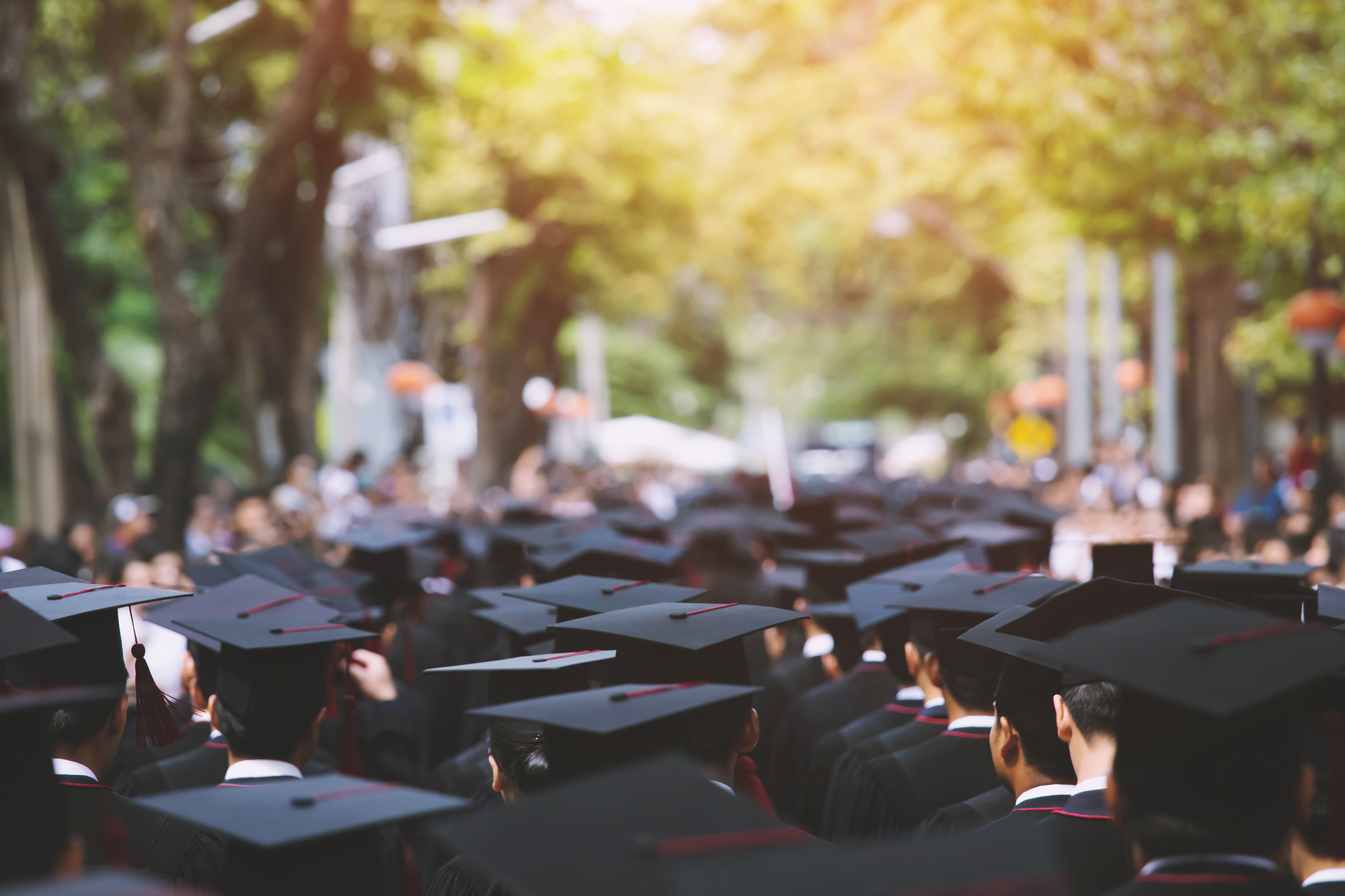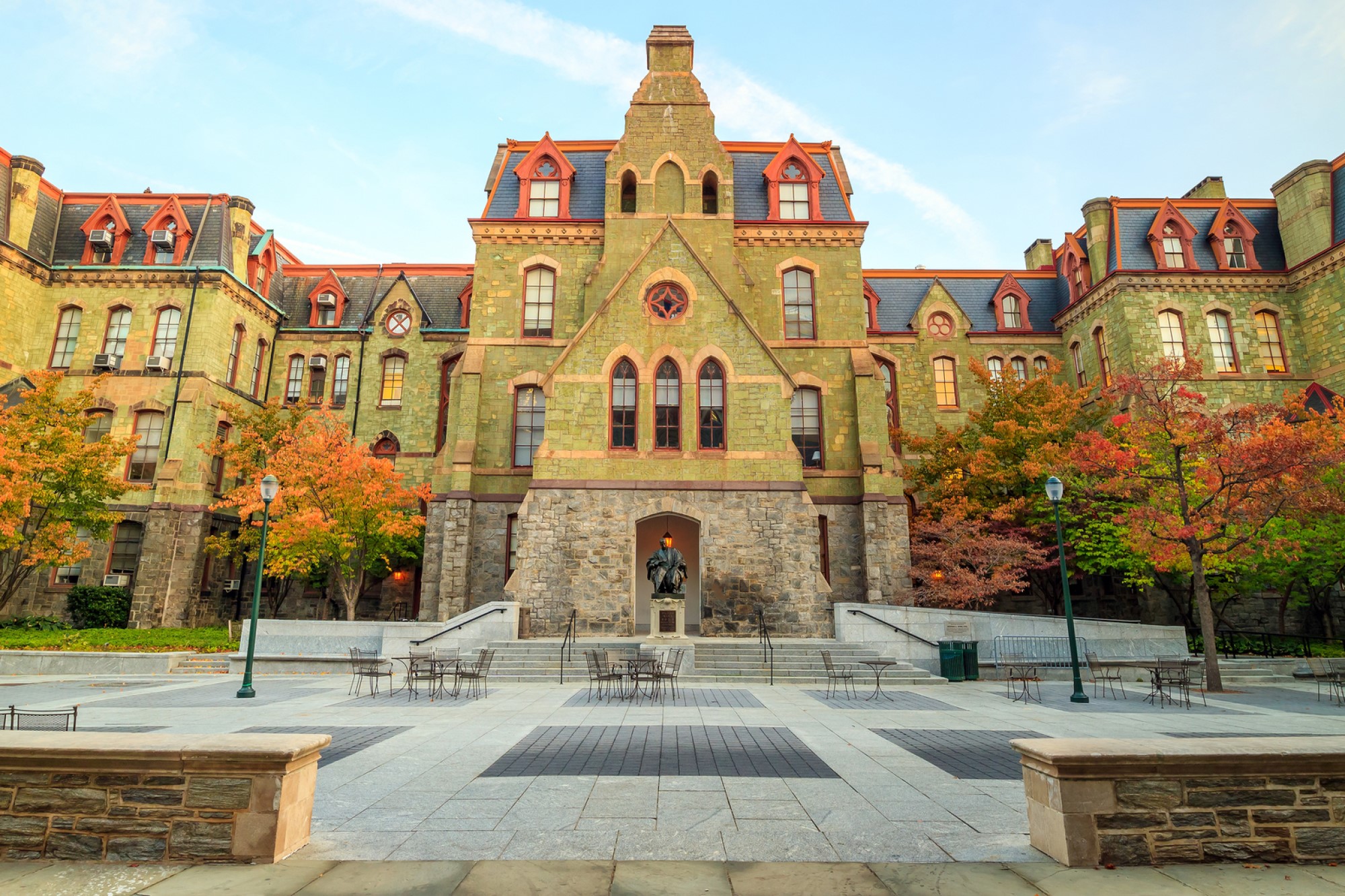Making Amends: Georgetown University and Slavery
On a Fall day in 1838, a stone’s throw from the Capitol, families were torn apart. Loaded up on boats headed for the Deep South, 272 souls were shipped away to an uncertain future of pain, labor, and separation. This was an everyday occurrence back then; though the international slave trade had been abolished over a quarter of a century earlier, the domestic trade was alive and well, with an estimated 2.5 million enslaved by 1850. However, this case is set apart because the slaves were owned by Georgetown University and were sold to keep the university financially afloat.
Georgetown did not begin charging tuition until the mid-19th century, and a major source of income came from plantations operated with slave labor. In 1838, a large number of these slaves were sold to settle some debts of the university by Friars William McSherry and Thomas Mulledy, prominent leaders of the school. The total profit from the sale amounted to about 3.3 million dollars in modern-day money. The university was aware of the sale, but only recently has it been made public.
Georgetown was founded by the Jesuits in 1789 to be a center for higher learning and religious practice in the new world. Though still religiously affiliated, students today come from a wide variety of backgrounds. There are a number of notable alumni, including Antonin Scalia, Bill Clinton, and many other political leaders – as one would expect from a prestigious university based in Washington DC. Interestingly enough, many elite East Coast schools have a similar sordid history of participation in the slave trade, which underscores the point that the slave trade was a “routine” part of life in the 1800s. However, the Georgetown slaves stand apart from the other exploited slaves because we know their identity – the sales were well-documented and the bills of sale are still in existence today. This gave Georgetown University a unique opportunity to try to make amends.
Following common knowledge of the sale, and riding a wave of race-fueled protests on campuses and throughout the United States, the issue of slavery (and other racial issues such as campus diversity and underrepresentation) was taken up by student protesters on Georgetown’s campus last year. Following the protests, the University proposed a memorial to the slaves and changed the names of buildings honoring the two leaders who sold the slaves, McSherry and Mulledy, to instead honor one of the slaves sold and a local educator of African-Americans.
However, because Georgetown had those names from the bills of sale, the school was able to do more. Historians and researchers at the University are in the process of tracking down descendants of those slaves, and offering them an apology or atonement in the form of preferential admission status (similar to what is offered to legacy students – a “second look” at their application by virtue of a special relationship to the school). As the school has an acceptance rate of only 15.4%, this could be a major advantage for any of the descendants and is historically unprecedented. In relation to the decisions made by the school, university president John DeGioia has stated, “We must acknowledge that Georgetown participated in the institution of slavery …. We cannot do our best work if we refuse to take ownership of such a critical part of our history.”
The decision has drawn criticism on both sides – either for doing too much or not enough. On the doing-too-much side, an alumnus and former interviewer in the admissions process, John Ziegler, published an article condemning the decision, arguing that it sets a horrible precedent for the school and the nation. Ziegler makes the unusual claim that the sale actually did not matter at all – the slaves were still enslaved and exploited whether they were held by Georgetown or another owner, and would have been no better off whether they were sold or not. He thus argues that the evil of the sale (which he believes added little to the ledger of sins in the big picture) was worth the good of keeping the school alive, which has educated and helped some of the country’s finest leaders and most influential people. He also questions how descendents “at least seven or eight generations removed” from the sale “could possibly have suffered enough personal damage” to warrant “being given near certain admission” to this highly competitive school.
This concern is related to a major objection against affirmative action – that everything should be entirely merit-based, and that anything less will reduce the quality of the workplace, outcome, or as in this case, student body. Because of this, a person could believe that the selling of the slaves or use of slaves was morally wrong (though the author didn’t seem to see much of a problem with the sale), but not necessarily that the descendents should be entitled to any preferential treatment, or that such an action would be morally just. The second prong of attack the author makes is that of the slippery slope: that by engaging in reparations, Georgetown might set a precedent to give anyone ever harmed by slavery reparations.
The notion of reparations is exactly what detractors on the opposite end of the spectrum would like to see happen. Reparations are payments made to atone for past wrongs – an example is the Treaty of Versailles, in which Germany was forced to pay money to the victors of World War I. There have been arguments for giving reparations to the descendents of slaves, along with ideas for how the money should be spent (most often on things like housing, community development, and education, rather than just a payout to individuals) by black leaders and thinkers for a number of years. Jamiles Lartey wrote an article arguing for exactly what our previous author feared – that the Georgetown incident should set a precedent for reparations. The Georgetown slave incident was not an isolated one, and the American public only found the news shocking because they tend forget that much of America was built on the backs of the enslaved.
The author states that the problem presented by this case is that “…the easy moral calculation, that the black descendants of this ugly sale are entitled to some compensation belies a more complicated one: are the black descendants from millions of similar sales not entitled to the same?”. He goes on to add that conservative estimates of the value of enslaved labor, and thus the debt owed is around $500 billion to $1 trillion. He makes the point that the amount owed in a normal debt does not vary by the ability of the person to pay it, (i.e. just because a person is unemployed and lacks a steady income does not reduce the total debt they owe the bank on their mortgage) so the cost and feasibility of the reparations should be irrelevant to the problem at hand. “Its [slavery’s] logic pervaded even the humanistic confines of a Jesuit university campus, because its logic was universal. So were its effects, and so must be the settling of its debt.” Basically, he argues that if we admit Georgetown acted wrongly and they paid up, than every other institution ever affiliated with slavery should also should be required to, whether they can afford to pay or not.
Of course, not everyone who disagrees with the Georgetown decision is pushing for complete reparations by the United States government and any other institution that had a hand in slavery. A less extreme position argues that a little more should have been done for the descendents. While offering the descendants an edge in admissions, the school stopped short of giving financial aid or a scholarship to any that get accepted. This could be viewed as the school refusing to actually put their money where their mouth is, because taking a second look at a descendant’s application doesn’t cost a thing. The school already does it for who knows how many legacy applicants. Additionally, this decision does nothing for many descendants. Statistically, it is unlikely that more than a tiny fraction of the descendants are seniors in high school preparing to apply for college. Thus, it has been argued that something along the lines of a financial settlement would have been a better and more wide-reaching response. The special considerations for admissions was a nice gesture, but some feel like more should have been done for the people Georgetown owes its continued existence to.
However, if you choose to start paying reparations at all, you are forced to answer the question of where they should stop, as Georgetown has found out. And for the United States that answer could be very hard to come by. Because how can a debt like that ever be repaid?





